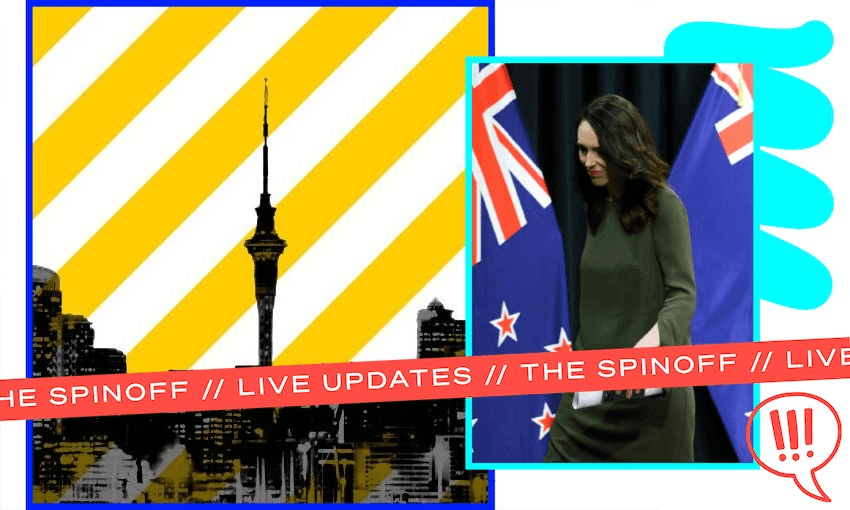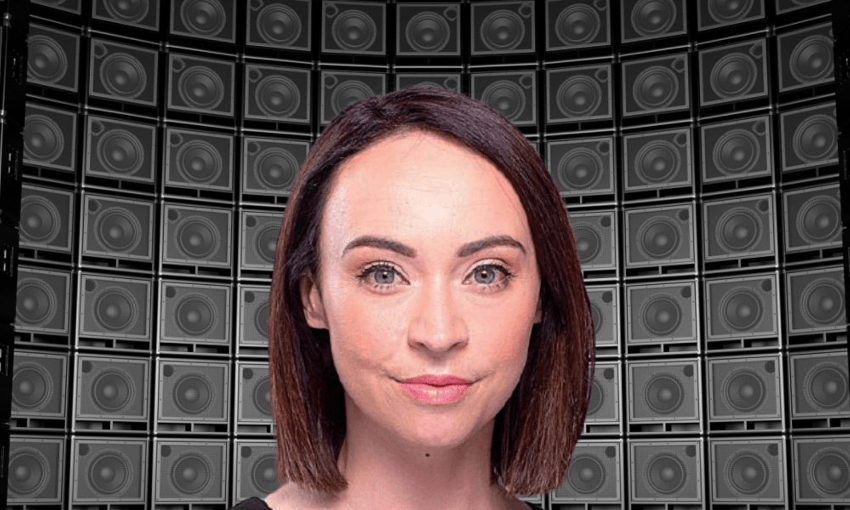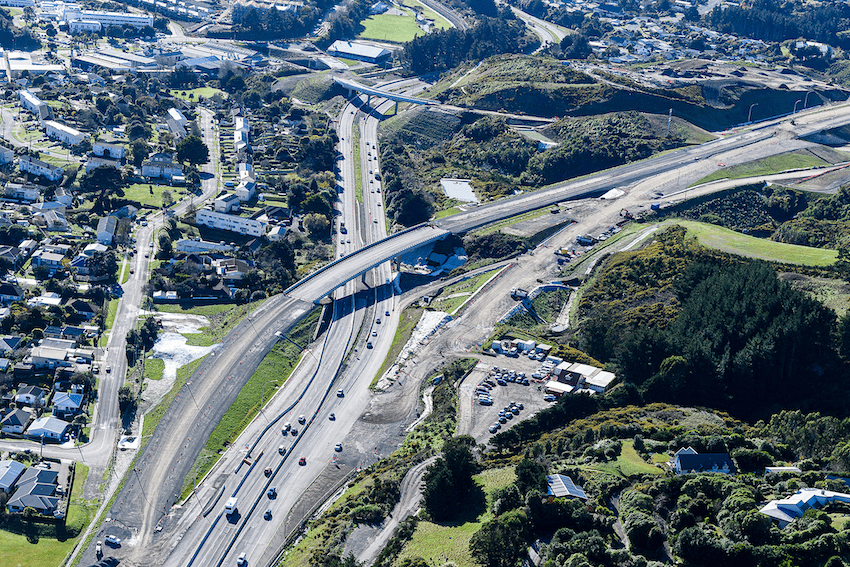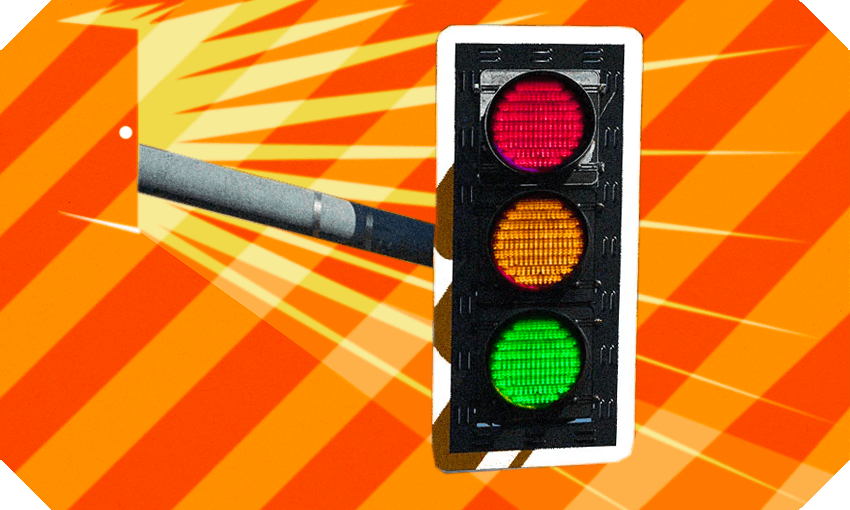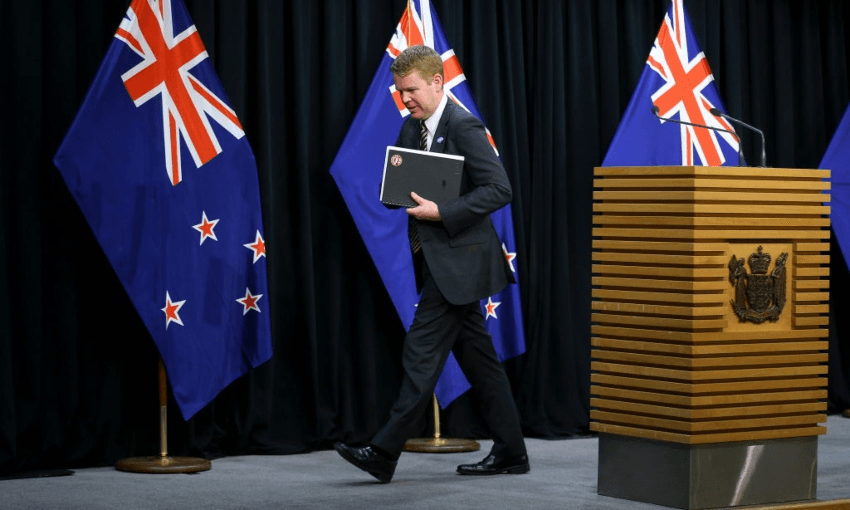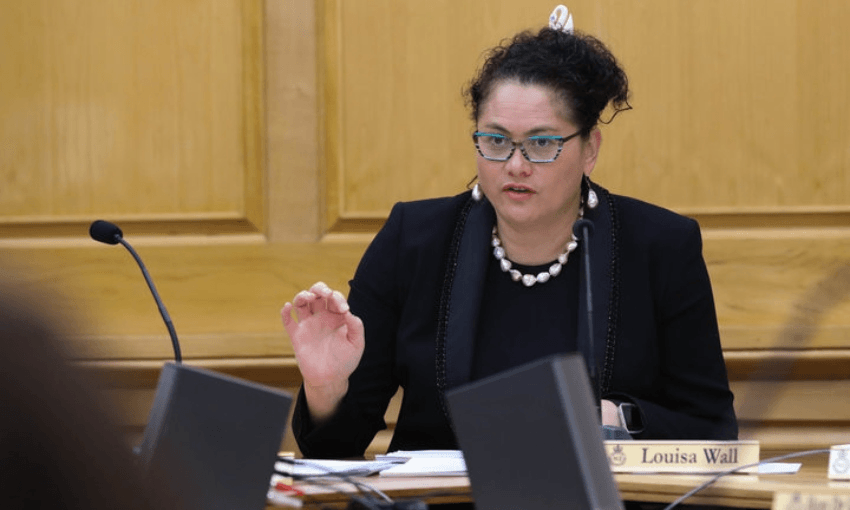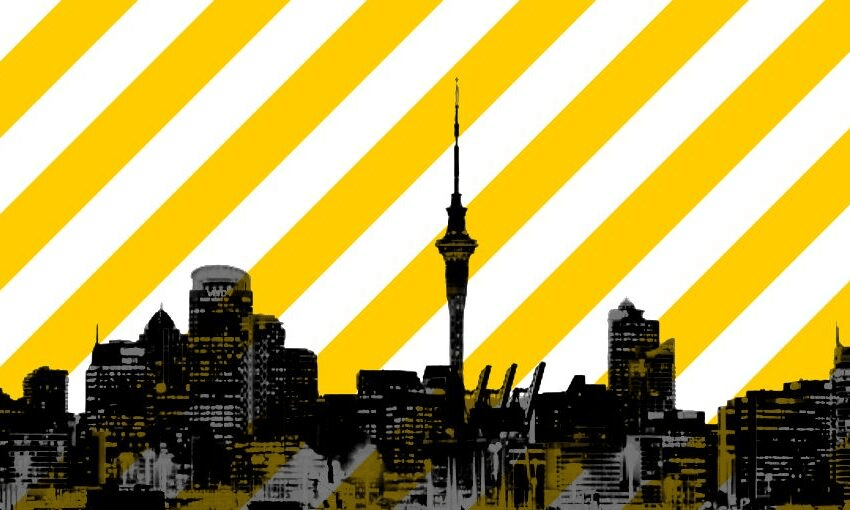Another 10 Covid-related deaths have been recorded overnight, pushing the total number of reported deaths across the pandemic to 151. The seven-day rolling average of reported deaths is now 8.
Of the 10 new deaths, one was in Northland, five in Auckland, one in the Bay of Plenty, one in Hawke’s Bay and one in the Hutt Valley. One person was in their 30s, one in their 50s, three in their 70s, two in their 80s and two in their 90s. Four were women and were five were men.
However, hospitalisations have dropped down overnight from 971 to 930 across the country. Of those, 618 are in Auckland – with Middlemore Hospital alone looking after 250 Covid patients. There are now 23 people in intensive care with 10 of these in Auckland.
There are 19,566 new community cases of Covid-19, with 4,867 of those in Auckland – another drop and reaffirming the view that the omicron outbreak in the city has peaked.
“We’re pleased to see that case numbers in Auckland have continued to track down which has confirmed last week’s optimism that we have passed the peak in Auckland,” said NRHCC’s chief clinical officer Dr Andrew Old, speaking from outside Middlemore Hospital.
An initial case review of 400 hospital admissions showed about one-third clearly had Covid as the reason for their admission, said Old. A further third had Covid as a secondary finding and a quarter were diagnosed with Covid while they were in hospital and Covid’s contribution was unclear. The remaining 8% was people for whom more information was needed, said Old.
People who are boosted make up just 11% of hospital admissions, while unvaccinated people make up almost 37%.
“We continue to see pressure on our hospitals as hospitalisations remain high,” said Old. “Prior to Covid, DHBs in Auckland were running about 15% under staff levels. Now on any given day there’s about 10% further reduction on those already reduced figures.”
About 30% of people arriving at Middlemore’s emergency department are testing positive for Covid, said Dr Vanessa Thornton, clinical director of the ED.
Over the past 24 hours, 43,980 rapid antigen test results were recorded. The Ministry of Health once again reminded people to register the results of their RAT – either positive or negative. “It is the best way to give public health officials an overview of case numbers in particular areas of New Zealand, to help determine the best spread of public health resources,” said a ministry spokesperson. “It is also important if your condition worsens, and you require additional healthcare.”
